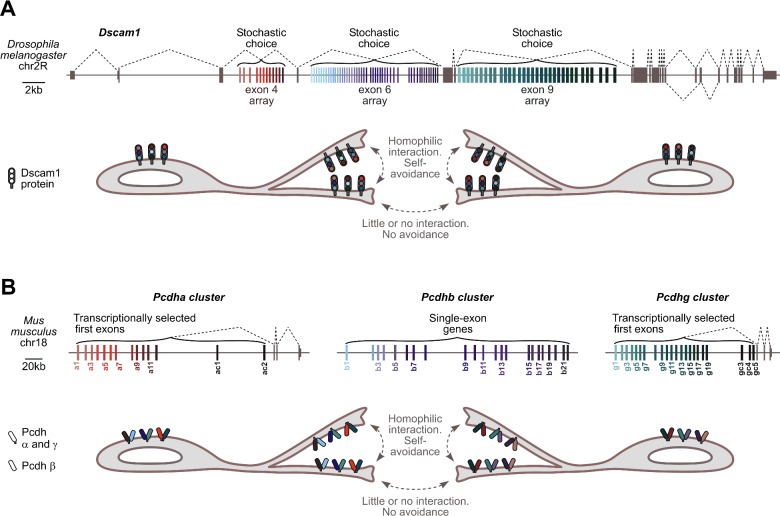Figure 1. Role of isoform co-expression in generating self-recognition codes.
(A) Top, fruit fly Dscam1 gene. The three alternative exon clusters are shown in colour. Other features, including the mutually exclusive pair of exons 17.1 and 17.2 are grey. Bottom, branches emanating from the same neuron express identical repertoires of Dscam1 isoforms. This promotes homophilic interaction between Dscam1 ectodomains in trans and ultimately turns on the self-avoidance programme [26]. Branches from different neurons express distinct Dscam1 repertoires and therefore do not interfere with each other. (B) Top, mouse protocadherin clusters. Variable first exons in the Pcdha and the Pcdhg clusters as well as entire single-exon genes in the Pcdhb cluster are shown in colour. Constitutive Pcdha and Pcdhg exons are grey. Bottom, protocadherins promote dendritic self-avoidance in a manner largely similar to Drosophila Dscam1. An important nuance is that, in addition to homophilic interactions in trans, Pcdhs can form heterodimers and possibly higher-order complexes in cis. This further diversifies the repertoire of self-recognition determinants [39].

